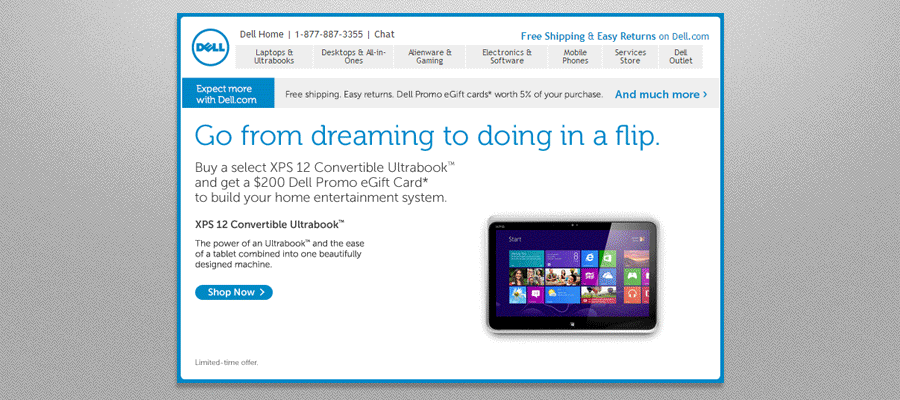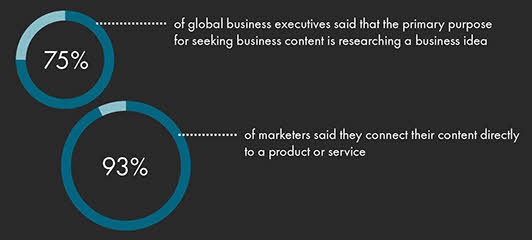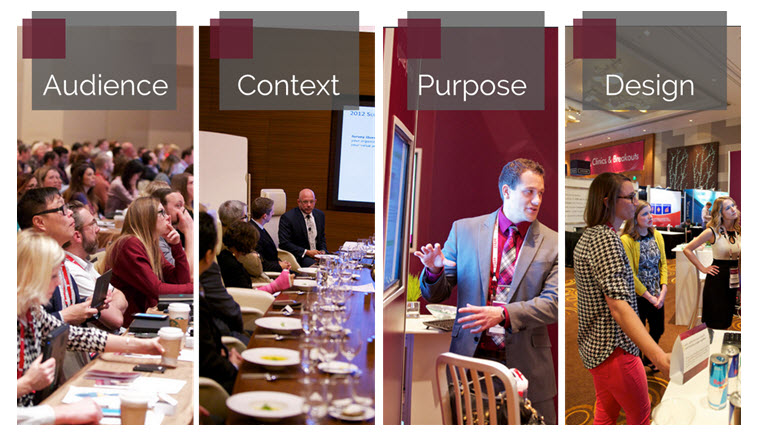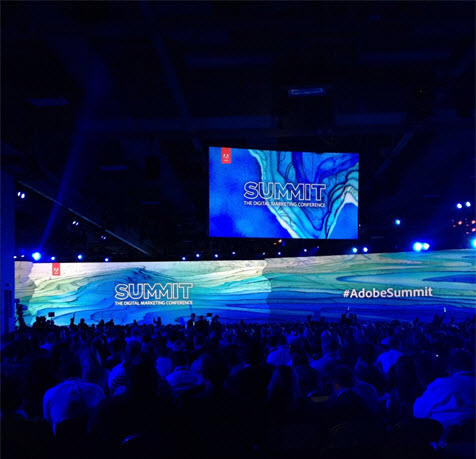We are in the midst of an informational and technological revolution. It is constantly changing the way we communicate. There is an unspoken drive deep down in the collective psyche of humanity that is pushing us to make communication faster and universal.
Being able to express complex ideas is vital to our species’ survival. It’s taken us from caves to high rises. From wall paintings and smoke signals to emails and international phone calls, the way we communicate is versatile and fluid. What’s the norm yesterday could easily be archaic tomorrow.
As marketers we have to communicate our companies’ ideas, products and values to potential customers in any medium they communicate in.
As we move toward more instant communication, the marketer has to evolve with consumers. Just like the shift from direct mail to email, the savvy marketer must know when to move to a new technological medium and how to market correctly in that medium.
Mobile email
For several years there have been predictions about the end of email. While email has changed significantly in the last 20 years, we now send more emails than ever before.
According to emailisnotdead.com, there are currently 4.1 billion email accounts that send 122+ billion emails per hour — and 53% of those emails were opened on a mobile device. The future of communication is mobile email, and there is already a lot of it going on.
In order to get ahead of this curve, email service providers (ESPs) are developing algorithms that automatically sort your emails. Google unveiled their answer to the overcrowded inbox late in 2014. A consummate innovator and leader in the email space, Google has developed a system that automatically sweeps your emails into three easy to manage subfolders: Updates, Social and Promotions. They have allowed more design elements to be featured in the subject line space and have made it even easier to clear a whole inbox in seconds.
So what does that mean for marketers?
It means that as ESPs move into the future, they will use bundling to sort people’s emails. This will most likely lead to the average clickthrough rate decreasing. However, the quality of the leads will go up because emails, instead of being cookie-cutter sends, can be personalized for individuals based on data marketers accrue. In the future, designers will have to work with content writers to make sure their emails stick out visually, alongside personalization.

Chart courtesy of: MailChimp
Marketing efforts will need to work in conjunction with all the other marketing options the company is using. We have to move away from thinking about individual campaigns and towards holistic, cohesive marketing tactics.
Read more…















